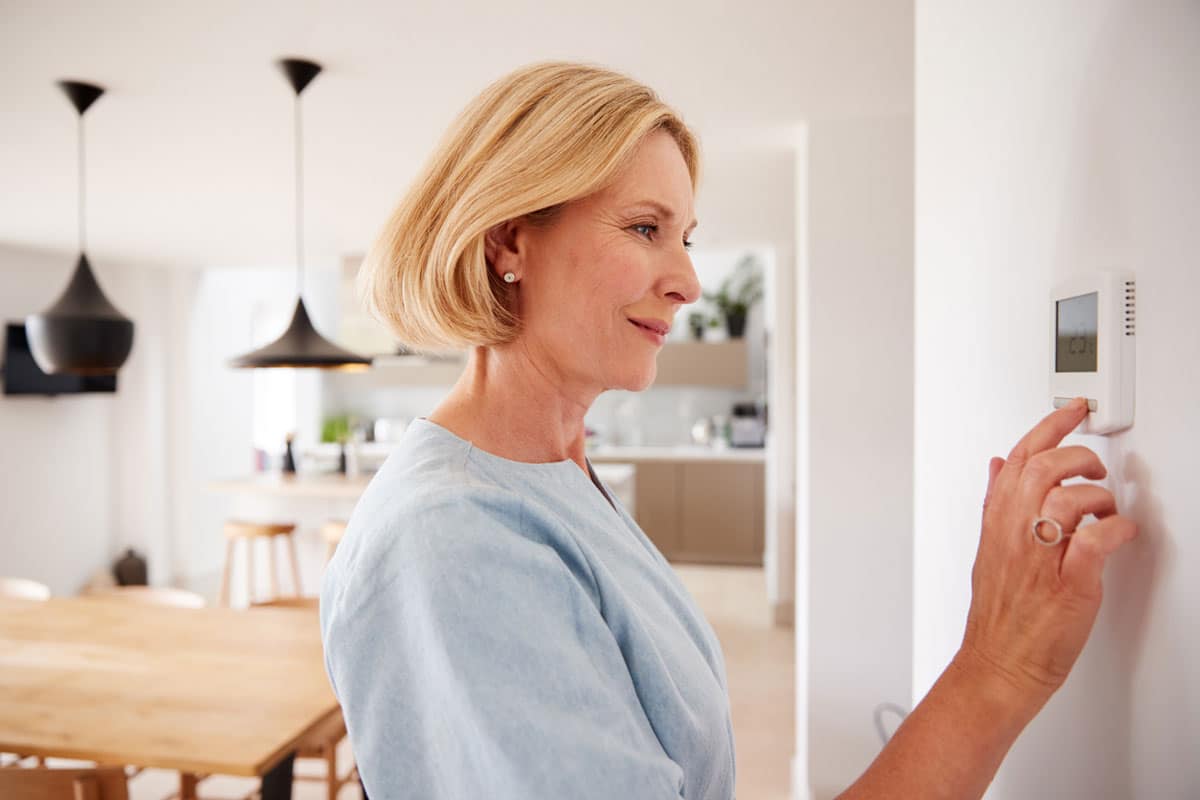
What’s the optimum energy saving temperature for AC operation in the summer? While different people in the same house might disagree on the preferred thermostat setting, there’s ample research to arrive at an informed estimate that balances indoor comfort with the most efficient air conditioner operation.
One thing’s for certain: The cooler you keep the house and the longer you do so each day, the more energy is consumed by a central AC. And, of course, increased energy consumption means higher monthly electric bills. Recent national averages show that a typical smaller residence running the air conditioner for eight hours per day uses about $110 of energy per month. Larger homes that run the AC for more hours per day average up to $245 per month.
The AC Temperature Sweet Spot
The U.S. Department of Energy states that 78 degrees is the optimum energy saving temperature for AC while the house is occupied. During hours when nobody’s home, you can select a temperature up to 88 degrees. (If you have heat-sensitive indoor pets, take that into consideration.)
Caveats
- Don’t shut down the air conditioner entirely while you’re away. It actually requires more energy to cool down an overheated house when you return than to maintain a consistent moderate temperature with the AC running while you’re gone.
- Setting an extremely low temperature to get quick cooling actually doesn’t work. No matter how low you set the thermostat, an air conditioner can only cool the house at the same fixed rate depending on its BTU capacity. Extreme thermostat settings also inflict excess wear and tear on AC components.
- Help keep the house at the optimum energy saving temperature for AC operation by closing curtains and blinds to keep out solar heat during the day and running ceiling fans to circulate air and enhance the cooling effect for occupants.
Reduce cooling costs and stay comfortable at the same time. Ask the professionals at Jackson & Sons for more advice about the optimum energy saving temperature for AC operation this summer.